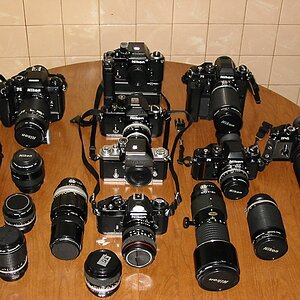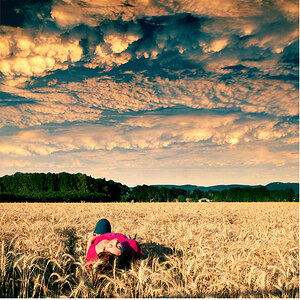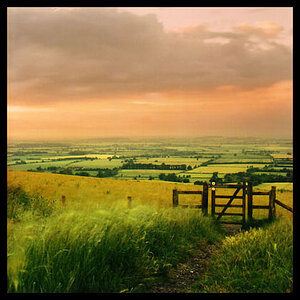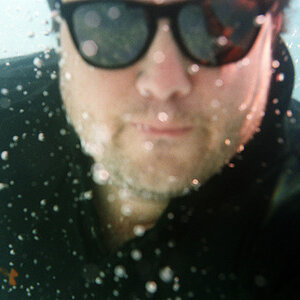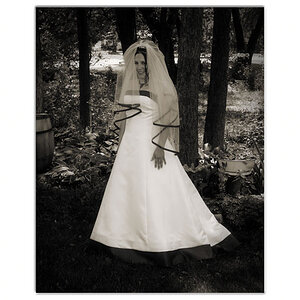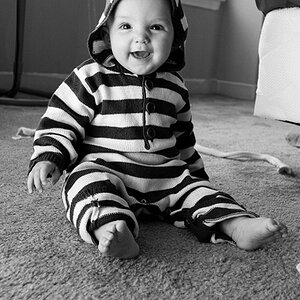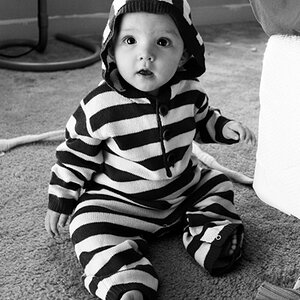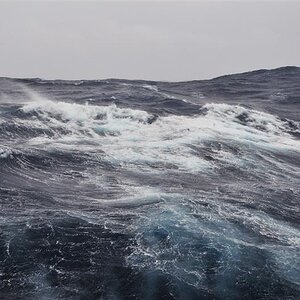Tim Tucker
No longer a newbie, moving up!
- Joined
- Mar 23, 2015
- Messages
- 660
- Reaction score
- 579
- Can others edit my Photos
- Photos NOT OK to edit
Don't think I've posted this before, and seeing as I've made a few comments without posting an image for a while... It's not really HDR but exposure blending, but I've been told by those guardians of exact definition that it's HDR, so HDR it is (until the exact definition changes).  I'm not a fan of using HDR (HDR as I describe it) as, firstly, I've never gotten it to work for me, and secondly I'm loathed to let the computer algor'whatsits to decide the finished result.
I'm not a fan of using HDR (HDR as I describe it) as, firstly, I've never gotten it to work for me, and secondly I'm loathed to let the computer algor'whatsits to decide the finished result.
It's the derelict torpedo testing station at Arochar and was shot on the same day as "Broken Skies". I was drawn to the hanging chains and it reminded me of some of those old "shoot 'em up" video games, hence the over-processed look and the title.
View attachment 120316
It's the derelict torpedo testing station at Arochar and was shot on the same day as "Broken Skies". I was drawn to the hanging chains and it reminded me of some of those old "shoot 'em up" video games, hence the over-processed look and the title.
View attachment 120316
Last edited:


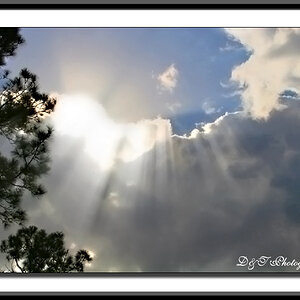
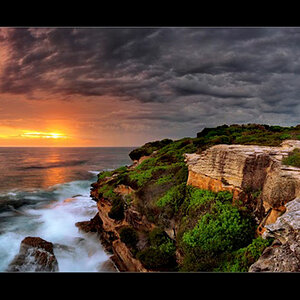
![[No title]](/data/xfmg/thumbnail/30/30858-42113a4c092a5983afa30e5c35cce4d0.jpg?1619734478)
